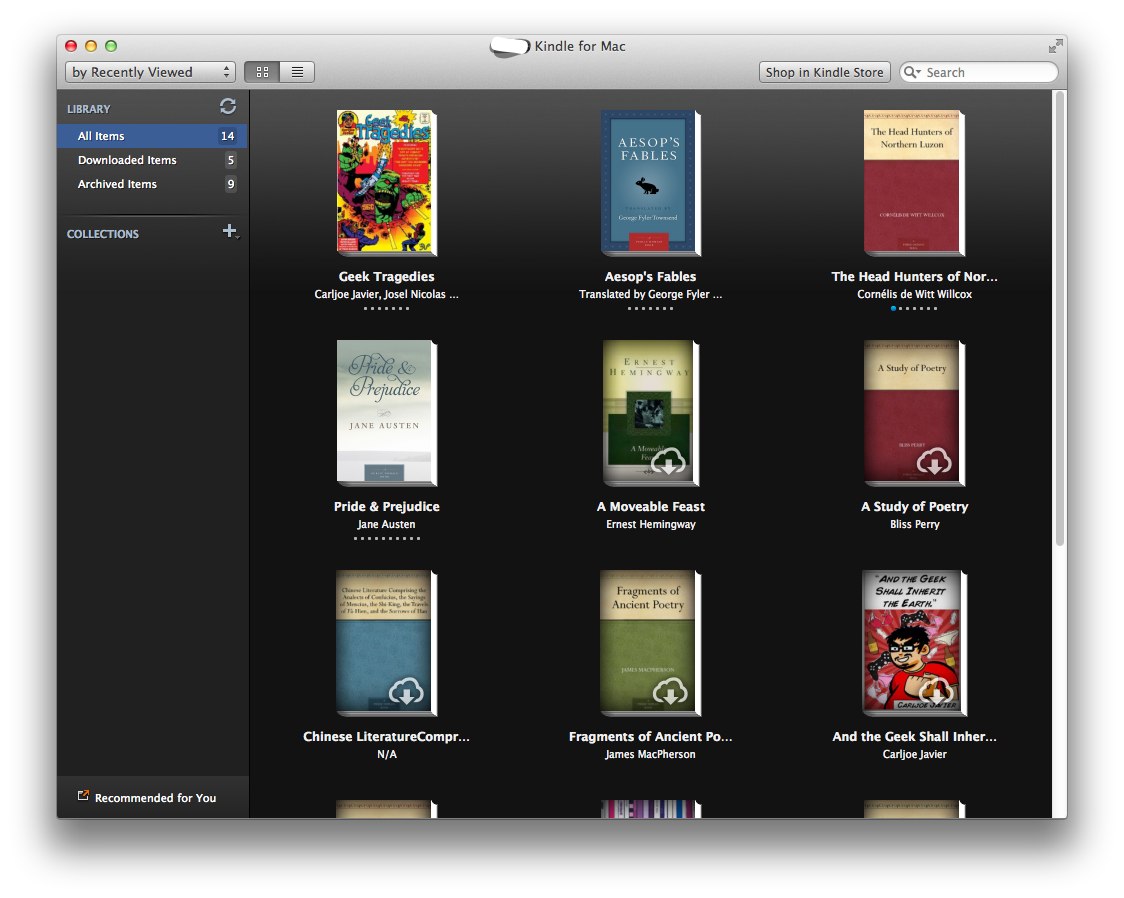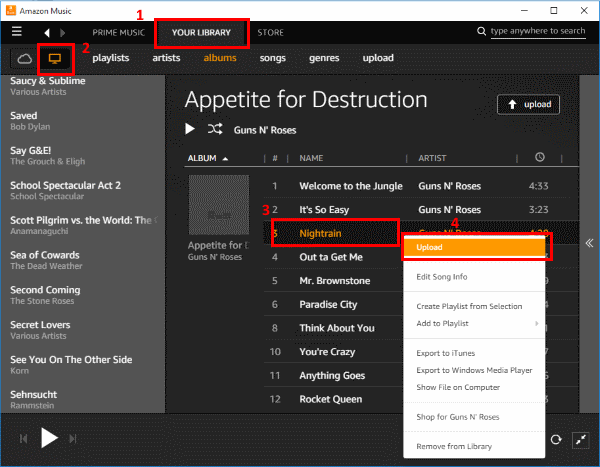Free Kindle Reader App For Mac
After I detailed the ins and outs of the new generation of Kindles on Thursday, I got a letter from Macworld reader Gerald A. Wingrove, who is intrigued by the Kindle but unclear how it works with his Mac. Since this is Macworld, after all, I thought it was worth a refresher about how the Kindle and the Mac interact. Gerald writes:
Over the years I have made great use of the free books available on the Gutenberg website. Is it possible, with a Kindle via the internet, to take onboard for reading, books from Gutenberg? As the Kindle has a USB port, is it possible to connect it to the G5 and have it appear on the desktop, so that PDF and MP3 files can be dragged and dropped into it for reading and listening to?
The Kindle app gives users the ability to read eBooks on a beautiful, easy-to-use interface. You may also read your book on your phone, tablet and Kindle e-Reader, and Amazon Whispersync will automatically sync your most recent page read, bookmarks, notes, and highlights, so you can pick up right where you left off.
Is it possible to buy and use a Kindle without getting ones self tied into the Amazon spider’s web?
The Kindle’s been around so long, I didn’t really consider how a lot of people have never seen one and plenty more have never attempted to attach it to a Mac. So let me clarify matters a little.
Yes, the Kindle has a USB port. (In fact, the USB port doubles as a charging port—the Kindle power adapter is a plug with a USB port and a USB cable!) Plug one end of that USB cable into a Mac and the other into a Kindle, and the Kindle will announce it’s entering USB Drive Mode. A new volume, called Kindle, will appear on your Mac. You can open it up and see the files inside. The key folders inside the Kindle volume are audible, documents, and music.
The audible folder is where audiobook files from audible.com live. music is a place where you can put MP3s and then play them back while you’re reading, and even listen via the Kindle’s headphone jack! But the most important folder is documents: this is where all your books, newspapers, and magazines live.
If you’ve bought stuff from Amazon and downloaded it onto your Kindle, you’ll see that stuff in the folder. But you can also drag book files right from your Mac into that folder, assuming that they’re compatible with the Kindle. Kindle only reads books in the Mobi, PRC, and plain-text formats. (You can also drag in PDFs, but I generally don’t recommend it. Kindle does a bad job with PDFs.)
The good news is, Project Gutenberg and many other ebook resources offer downloads in a Kindle compatible format, usually Mobi. Some independent ebook sellers, such as Fictionwise, also sell books in Kindle-compatible format.
To copy a book to your Kindle, just drag the file into the Documents folder, eject the Kindle from your Mac, and unplug the USB cable. The book should automatically appear in the list of books on your Kindle.
(This is also a great way to add things to your Kindle when the Kindle itself can’t get a data connection. During a trip a while back, my Kindle couldn’t get wireless service but my MacBook was on an wired hotel network. Amazon lets you download books and newspapers directly from the Amazon website’s “Manage My Kindle” section and then drag them onto your Kindle via USB.)
So what if you’ve got a book that’s in ePub format, which the Kindle won’t read? Download the free app Calibre and use it to convert ePub files to Mobi. This open-source app isn’t easy to use, but once you figure it out, it will force those files into the right format. (Calibre won’t work with ePub files that are wrapped in copy-protection.)
Amazon also offers some file-conversion services itself. If you email a Microsoft Word file to [your-kindle-name]@free.kindle.com, you’ll find it automatically delivered to your device via Wi-Fi. For free!

Using a Kindle does require you have an Amazon account—Kindles generally come already paired with the Amazon account you used to buy them!—but that doesn’t mean you have to buy books from Amazon. If you want to use a Kindle just for free books from the Internet, you can do it.
Oh, one last note: In my previous story I mentioned that Amazon doesn’t let you use custom screensavers on your device, even if you pay for the non-“Special Offers” version. That’s true, but it doesn’t mean you can’t get custom screensavers. You just need to be brave and visit the MobileRead forums, where there are details on how to jailbreak various models of Kindle and do things like install custom screensaver images and even swap in new fonts. I’ve limited my Kindle jailbreaking to the screensaver hack, but it’s great: I’ve got a folder full of 800x600 black-and-white images, and even in a room with a half-dozen Kindles, I always know which one’s mine.
If you rely on a Kindle (or Kindle app) for reading, you probably know that it supports not only ebooks, but also PDFs.
Kindle On Mac
In fact, if you've done your homework, you also know that your Kindle (or Kindle app) has its own email address, meaning you can send any PDF straight to your device just by attaching it to an email.
But reading PDFs on a Kindle requires a little help. Portable Document Files (PDFs) are static images, boasting exactly the same dimensions, typeface, illustrations and formatting, on any device capable of opening them. That’s great news for anyone with a display large enough to view a PDF at its full size, but lousy news for anyone using a little Kindle e-reader. The comparatively small size of the display forces you to zoom and scroll around to read the document. It’s a pretty miserable experience.
The solution to this is to convert the PDFs to be read on a Kindle. We'll show you the aforementioned email trick first, and then a couple of other solutions. (Check out our latest Kindle reviews and ratings in our comprehensive roundup.)
Send a PDF to your Kindle via email
Every Amazon Kindle comes with its own email address. You can find the address of your Kindle under Settings > My Account > Send to Kindle Email.
Send an email to this address, typing Convert for the subject line and attaching the PDF you’d like to read. Amazon will automatically convert the contents of the PDF to a size that your e-reader can more readily handle. Once converted, the PDF will be sent to your Kindle using Amazon's Whispersync technology.
Using this method to convert PDFs has its drawbacks. First, it can take anywhere from 10 minutes to a few hours for the PDF to show up in your Kindle’s library. Second, if you’re using your Kindle out of the country where it was originally registered, using Whispersync to load the file on your e-reader could end up costing you a few bucks. Third, if your PDF contains images or charts, the conversion process may orient them the wrong way in the document or split them across several pages.
Send a PDF with the Send to Kindle App
If you read a lot of PDFs on a regular basis, you'll likely not want to send an email every time you want to convert one. Amazon’s Send to Kindle app is the better option at that point. Available for Mac OS and Windows PCs, the Send to Kindle app is free to download and easy to use. Once installed, simply sign into the app using your Amazon credentials and right-click on the PDF you want to send to your Kindle. Boom: You’re done. The converted PDF will appear in your Kindle e-reader, with all of the same caveats that come with sending the document via email, sans the drudgery of typing out and sending a message.
Amazon also offers a Send to Kindle browser extension for Firefox and Chrome users. A single click will send the PDF from your Browser to your Kindle via Whispersync.
How Calibre converts multiple PDFs for Kindle
Kindle For Mac Download Free

If you need to bulk-convert a large number of PDFs for reading on your Kindle or want to maintain a library of Kindle-optimized files on your computer, you may want to consider downloading Calibre. Open-source and free-to-use, Calibre can convert multiple PDFs and send them to your Kindle quickly and easily.
To use Calibre for this purpose, connect your Kindle to your PC via USB, open Calibre, and wait for it to recognize your connected e-reader. Add the PDF files to Calibre’s library and click Send to device. Your Kindle will be ready to show those PDFs within minutes.

This story's original version by Rick Broida was published as a 'Hassle-Free PC' column on July 15, 2013.